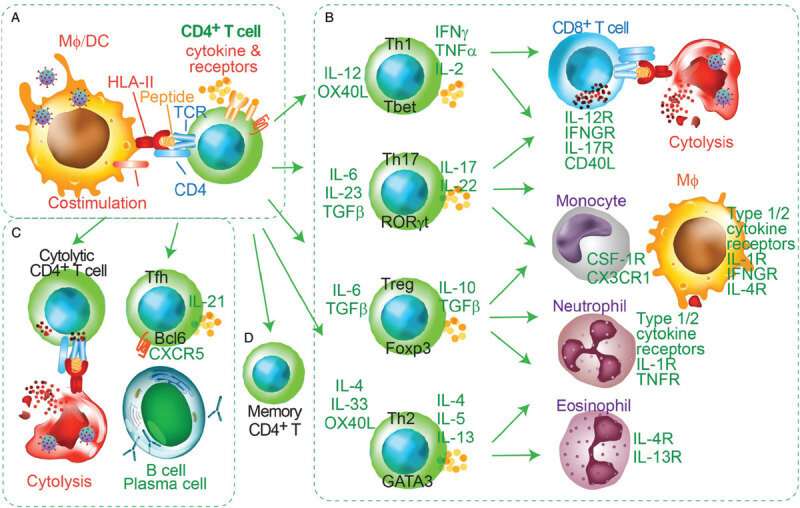
Respiratory illnesses are on the rise in an increasingly polluted world. Particularly, viral respiratory infections tend to aggravate previously existing respiratory illnesses, or cause life-long negative after-effects in patients. In its extreme form, this could manifest as chronic obstructive pulmonary disease (COPD). Unfortunately, current treatments are primarily focused on alleviating the associated symptoms. To address the root cause of these illnesses, medical researchers across the world have been researching different aspects of the immune response to these viral infections.
In this regard, T-cells, which are adaptive immune cells, have garnered much interest over the years. These cells undergo sensitization to appropriately respond to signals sent by the virus-infected respiratory cells, as well as modulate the immune response from going overboard. Since the available research is “all over the place,” a team of medical researchers in the U.S. and China took it upon themselves to consolidate the information in a comprehensive review published in Chinese Medical Journal on 5 July 2021.
Dr. Shouxiong Huang, Professor at University of Cincinnati College of Medicine, Children’s Hospital, U.S., the lead author of the article, says, “Respiratory viral infections and COPD are still focused on treating symptoms, and not causes. Understanding the underlying mechanisms in T-cell responses will significantly advance our knowledge and improve treatment methods to induce immune protection against respiratory viral infections and chronic inflammations represented by COPD. Our personal motivation for studying the mechanism-based T-cell-driven immunotherapy is to save social resources and benefit patients with respiratory viral infections and chronic inflammations including COPD.”
In their review, the researchers explain the activation and function of T-cells against respiratory viral infections and COPD, starting right from infection initiation, to presentation of the virus by immune cells to T-cells, recognition of the viral antigen by T cells, and finally the launch of T-cell-mediated virus-clearing and regulation of general immune response.
Additionally, the researchers highlight the salient characteristics of peptide-reactive T-cells, including specificity to invading viruses; recognition of non-self; persistence at a low frequency in the absence of disease; precise response to stimulation; diversity; memory of previous infection; and regulation of inflammation and apoptosis (or ‘cell suicide’) to minimize damage to healthy cells.
Professor Linfu Zhou from The First Affiliated Hospital, Nanjing Medical University, China, who coauthored the article, says, “Presently, the peptide-reactive T-cells allow effective anti-viral immune responses and precise protection during various stages of viral infections. These T-cells can be regulated to provide bidirectional protection by enhancing hyporeactive and suppressing hyper-reactive immunity. Precise and comprehensive understanding of the activation and regulation pathways of various T-cells in respiratory viral infections and COPD are fundamental to identifying optimal targets for designing intervention and therapeutic strategies for disease control.”
In the context of designing optimal interventions and therapeutic targets for disease control, the researchers emphasize the importance of cellular subsets, including tissue resident memory T-cells, regulatory T-cells, and memory CD8+ T cells. These, they assert, can be key elements of the immune repertoire with suitable answers to the question of how to treat root causes of respiratory illnesses, going beyond symptoms.
Source: Read Full Article


